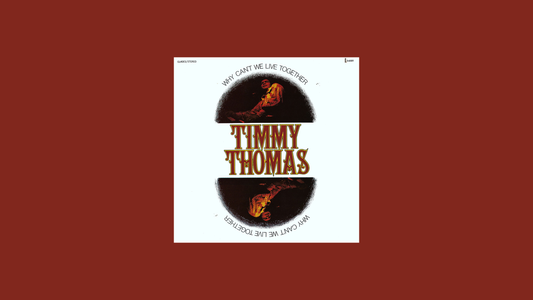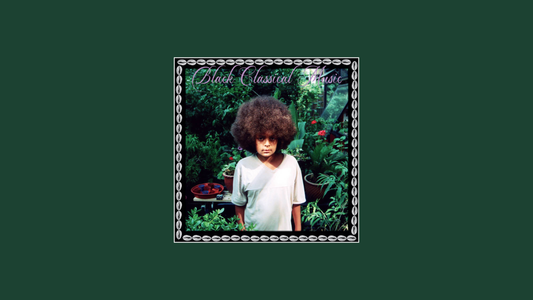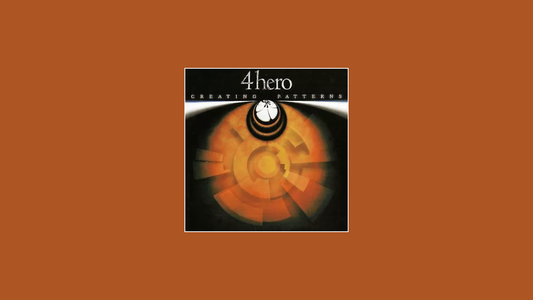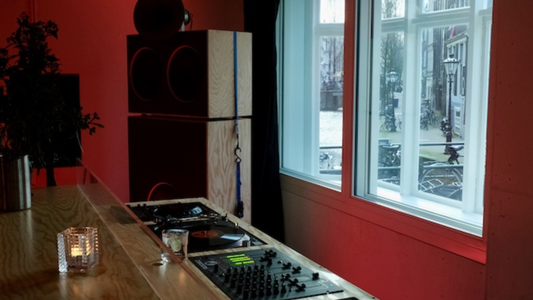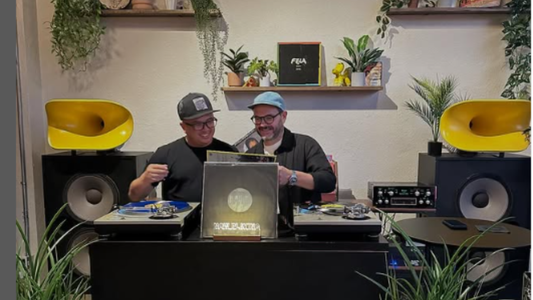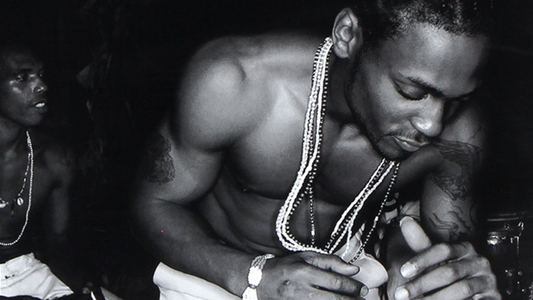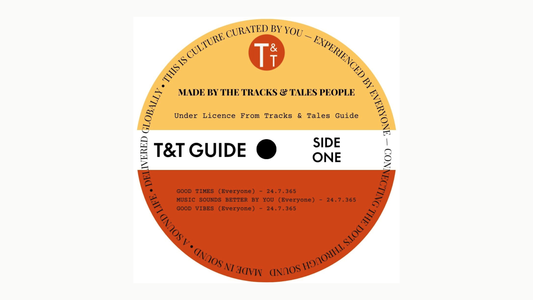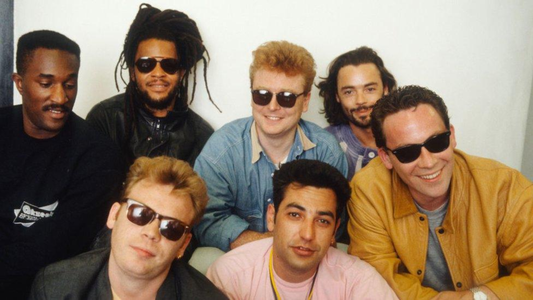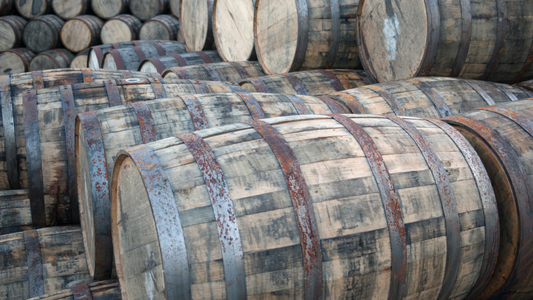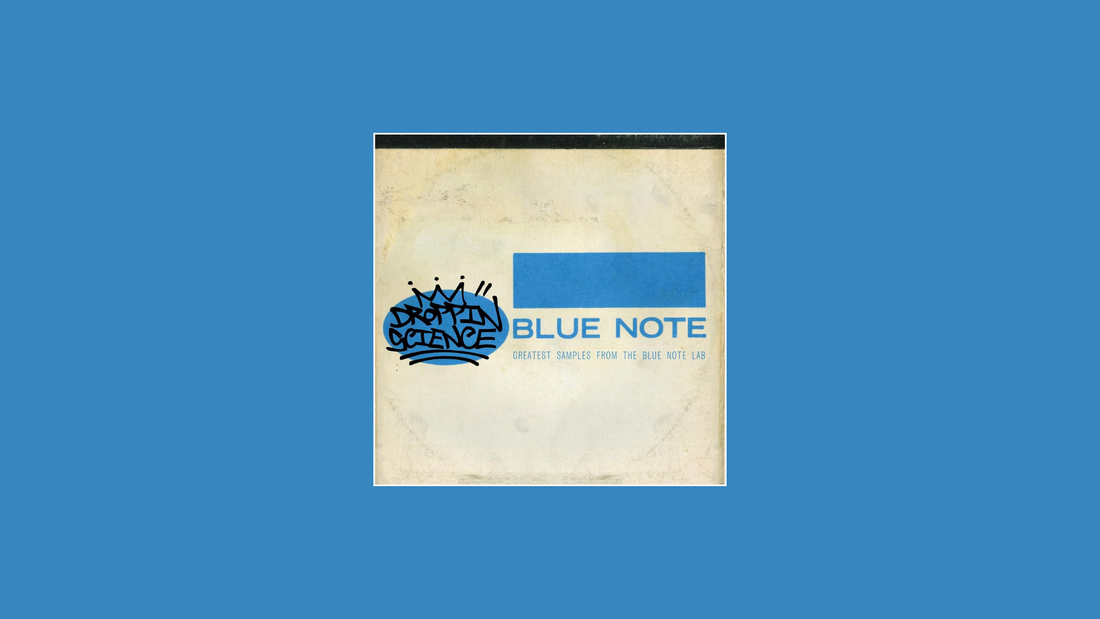
Droppin’ Science: Greatest Samples from the Blue Note Lab (2008)
By Rafi Mercer
There are albums that stand as statements, others that whisper as cult treasures, and then there are compilations that feel like a secret being shared. Droppin’ Science belongs firmly to the latter. Released in 2008 by Blue Note, the label that shaped so much of the twentieth century’s listening, it is at once an anthology and a revelation: a collection of grooves lifted from the Blue Note vaults, the very recordings that later powered hip hop’s golden age. To put it plainly, this is the moment jazz and hip hop shake hands.
For those of us who once spent hours bent over record bins, the compilation felt like a validation. We knew those beats, those basslines, those horn stabs that had been sampled into new life by DJs and producers. Here they were in their original context, stripped of the loop, the cut, the MC’s voice, and offered as pure sound. But Droppin’ Science is more than a nostalgic nod. It is proof of Blue Note’s foresight, of how fertile their catalogue remains, and how much the DNA of hip hop was already written into those sessions decades earlier.
Consider Donald Byrd’s Think Twice. The groove is loose but insistent, the kind of rhythm that seems to anticipate being looped. In the 1990s, it would resurface in tracks by A Tribe Called Quest and The Pharcyde, its horn stabs and bassline becoming hip hop grammar. On Droppin’ Science you hear the track as it first arrived in 1975, brimming with the optimism of jazz-funk, still close to the gospel roots that shaped Byrd’s sense of melody. It is a reminder that the future was already inside the music, waiting to be extracted.
Or take Ronnie Foster’s Mystic Brew. For a certain generation, the chords are instantly recognisable as the scaffolding of A Tribe Called Quest’s Electric Relaxation. But played here, in full length, you hear what sampling sometimes obscures: the shimmer of Fender Rhodes, the patient layering of guitar, the conversation between bass and drums. The groove is not a fragment but a living organism, allowed to stretch and breathe.
Bobbi Humphrey’s Harlem River Drive is another gem. Her flute, light yet purposeful, rides a rhythm section tuned for funk but rooted in jazz phrasing. In later years, producers mined its textures for beats, but in the original track you feel the sweep of a narrative, a cityscape in motion. Listening to it through a bar system — well-tuned Klipschorns or a pair of Living Voice floorstanders — the record has an almost cinematic breadth. The sound unfurls like a map.
The beauty of Droppin’ Science is that it curates not the hits, not the obvious standards, but the moments of transition: the 1970s sessions when Blue Note was opening itself to fusion, to funk, to the raw energy of the street. The result is a collection where every track feels slightly ahead of its time.
Grant Green’s Down Here on the Ground takes a simple figure and digs into it, his guitar tone thick with sustain and intent. Monk Higgins’ Little Green Apples marries organ warmth to horn punctuation, a groove that sounds like a street corner conversation. Lou Donaldson’s It’s Your Thing has the swagger of funk but the phrasing of bebop. In each cut you hear not only jazz adapting to the times but the seeds of the beats that would later soundtrack block parties and basement tapes.
In a listening bar context, this compilation is dynamite. It functions as a conversation starter, an education, and a deep listening set all at once. Drop the needle and you hear the connective tissue between eras. Patrons who grew up on 90s hip hop suddenly recognise the source; jazz heads hear the strength of the original compositions. The room leans in. These are not tracks that fade into wallpaper. They hold attention with a balance of groove and depth that few other compilations manage.
Technically, the sound is superb. Blue Note’s reissues are rarely casual, and here the mastering honours the bass and rhythm sections without losing the air around the horns. On a vinyl pressing, the warmth is palpable. You hear the dust on cymbals, the wood in bass tones, the slight hiss that makes everything feel present. It is a record that demands to be played on a system capable of clarity and punch: speakers that can hold the groove without smudging it, amplifiers that don’t rush the attack.
The compilation also invites reflection on the act of sampling itself. Hip hop producers were not stealing; they were excavating, curating, recontextualising. Droppin’ Science makes this clear. The loops that became iconic were already alive in the source material, waiting to be highlighted. Listening back, you realise that the hip hop producer and the jazz improviser share a mindset: both are collagists, reassembling known materials into something startlingly new.
What makes this album so important for the Tracks & Tales canon is how perfectly it aligns with the ethos of deep listening. It asks you to hear not just the beat but the lineage, to recognise the way sound travels across time and genre. Played in a bar, it shifts the atmosphere from background chatter to cultural archaeology. Played at home, it pulls you into histories you may not have realised were inscribed into your favourite tracks.
And then there is the simple pleasure of the music itself. These grooves are irresistible. They were built for the body as much as the mind. The rhythm sections lock tight but never rigid, the horns flare like streetlights, the keyboards shimmer with electricity. It is dance music, meditation music, bar music, history lesson — all in one.
In 2008, the compilation may have seemed like a niche product for crate diggers and completists. Today it feels essential, especially in an age where the loop has become the basic unit of pop. To hear the origins is to understand how radical those loops once were, and how generous the Blue Note catalogue continues to be.
Put this record on in a room with strangers and watch what happens. Recognition spreads, feet start to move, someone inevitably says, “Wait, I know this from…” That is the joy of Droppin’ Science. It is not just an album. It is an unveiling, a reminder that the past is always present, and that listening is never passive.
So perhaps the final word is this: Droppin’ Science doesn’t just collect tracks. It reframes them. It tells us that the bridge between jazz and hip hop was always there, built not in theory but in groove. And it invites us, once again, to walk across.
Rafi Mercer writes about the spaces where music matters. For more stories from Tracks & Tales, subscribe here, or click here to read more.
